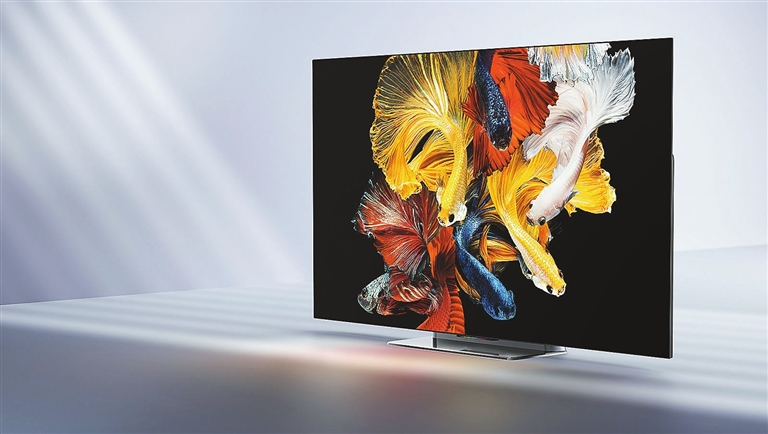
Xiaomi has launched its first lineup of OLED Master Series TVs in China, starting with a 65-inch model at 12,999 yuan (US$1,840). Using a 10-bit 4K 120Hz LG OLED panel, it covers 98.5 percent of the DCI-P3 cinema-level color gamut while offering just about every feature you’d want in an OLED set. That includes support for every HDR standard (Dolby Vision, HDR10+, HDR and HLG), the latest HDMI 2.1 standard and a 65-watt, 5-channel Dolby Atmos speaker system. It also offers variable refresh, motion compensation and a stellar 1-millisecond response time for gaming, with Xiaomi declaring it “born for the next generation of game consoles.” Naturally, it has extremely narrow bezels, and a modern design with a glass-type base and ambient lighting. In recent years, LG and Sony have mostly dominated the high-end OLED market. This next-gen tech utilizes self-emissive pixels, jettisoning the need for backlighting that’s seen on LCD-based TVs, including Samsung’s highly regarded QLED lineup. When electricity passes through these pixels, which number in the millions in these TVs, they light up in different colors. The advantage is that OLED pixels can remain completely dark to produce deeper true blacks. OLED TVs also use additional white light to manufacture even more varied colors, which make for images that are more diverse, richer and more accurate. Moreover, OLEDs can be designed slimmer and are more environmentally friendly because they use less energy than the competition that depends on backlighting. (SD-Agencies) | 
